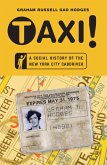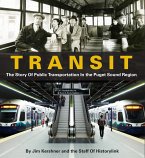In 1910, New York City was bursting at the seams as more and more people crowded into increasingly limited housing in the tenement districts of Manhattan and Brooklyn. Traffic could scarcely move on the narrow streets and passengers jammed into the subways. The Lower East Side of Manhattan had the highest population density in the world. Conditions in the tenements were horrendous, as documented by the photography of Jacob Riis. Crime rates were on the rise, and the effects of overcrowding posed a serious threat to public health. With no outlet for its exploding population, and the burgeoning social problems created by overwhelming congestion, New York faced a serious crisis which city and state leaders addressed with dramatic measures. In March 1913, public officials and officers of the two existing rapid transit networks shook hands to seal a deal for a new transit system which would more than double the size of the two existing transit networks. Funded by both the public and private sectors, the Dual System of Rapid Transit would serve as a catalyst for the development of large areas of The Bronx, Queens, and Brooklyn, permanently transforming the city's physical infrastructure and composition. The new subways also fostered the growth of Midtown Manhattan as the nation's largest business center. At the time the largest and most expensive single municipal project ever attempted, the Dual System of Rapid Transit set the pattern of growth in New York City for decades to come, provided millions of families a better quality of life, and, in the words of Manhattan borough president George McAneny (1910-1913), "proved the city's physical salvation". It stands as that rare success story,of an enormously complicated project undertaken against great odds which proved successful beyond all measure.








